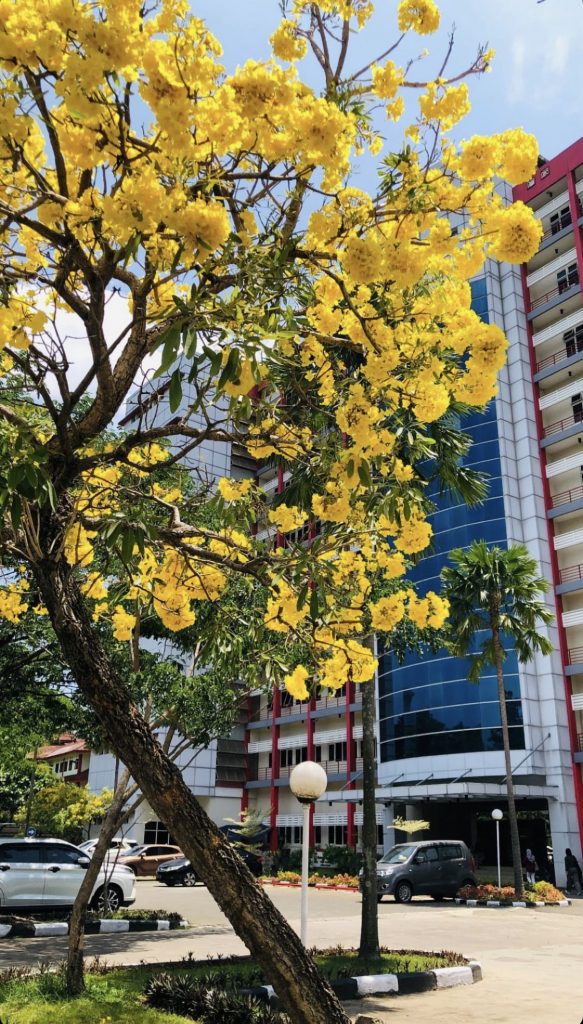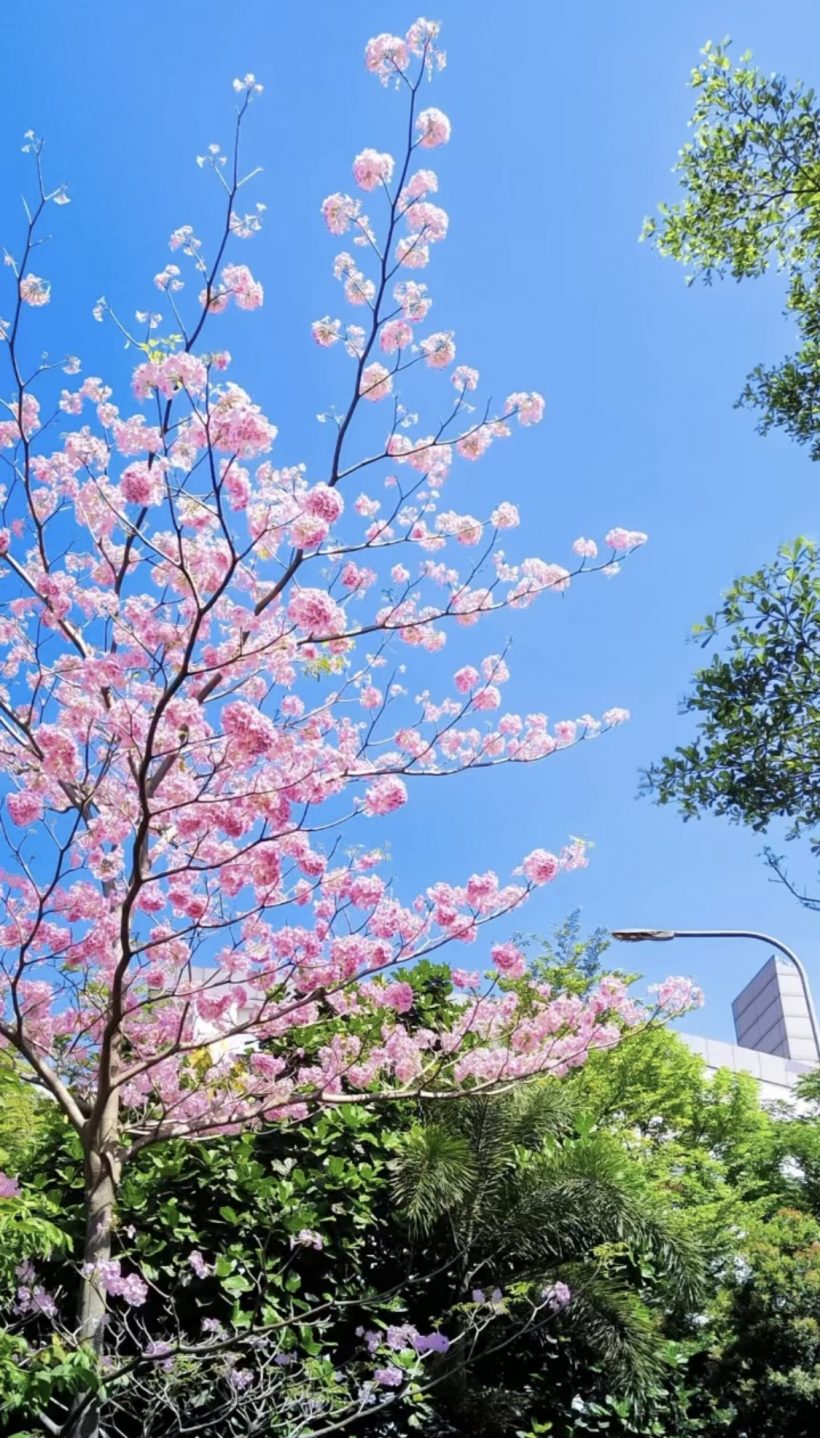With their lovely and endearing blossoms, tabebuia trees are gaining popularity as decorative plants in many places, notably on college campuses. Because of the beauty of their blossoms, which mimic cherry blossoms when they are in full bloom, they are frequently referred to as “tropical sakura.” For campus greening initiatives, Tabebuia trees are a great option because they not only improve the environment but also have numerous other advantages.
Alluring beauty

- Charming blooms: The trumpet-shaped blooms of tabebuia trees come in a variety of hues, including purple, pink, and yellow. These flowers produce a beautiful display that improves the campus’s attractiveness when they bloom at the same time.
- Blooming Period: Depending on the species and environmental factors, different Tabebuia trees have different blooming times. Nonetheless, the dry season is usually when these trees bloom most exquisitely.
Benefits of Tabebuya Tree for Campus
- An absorber of carbon: Tabebuia, like the majority of trees, is essential for both generating oxygen and absorbing carbon dioxide. Reducing air pollution on campus and fostering a healthier atmosphere are two major advantages of this.
- Natural Shade: Broad shade can be obtained from large Tabebuia trees. This is very helpful in cooling the campus and making it more comfortable for workers, instructors, and students.
- Wildlife Habitat:** Numerous animals, including insects and birds, can find homes in tabebuia trees. These animals’ presence on campus can improve biodiversity.
- Aesthetic Worth: ** The aesthetic value of the campus can be improved and a more pleasant mood can be created by the attractiveness of Tabebuia flowers. The psychological health of students may benefit from this, because
We do more than only enhancing campus aesthetics when we plant Tabebuia trees. By absorbing carbon dioxide and generating oxygen, these trees help to preserve the ecosystem by lowering air pollution and creating a healthier atmosphere. Mature Tabebuia trees’ wide canopies offer plenty of shade, which cools the area and makes it more comfortable for staff, instructors, and students. These trees also improve campus biodiversity by providing habitat for a variety of species, including insects and birds. In addition to improving the school’s visual appeal, the gorgeous blossoms of the Tabebuia trees also benefit the college community’s mental health, which may increase output and general pleasure. Planting Tabebuia trees on campus is therefore


Leave a Reply